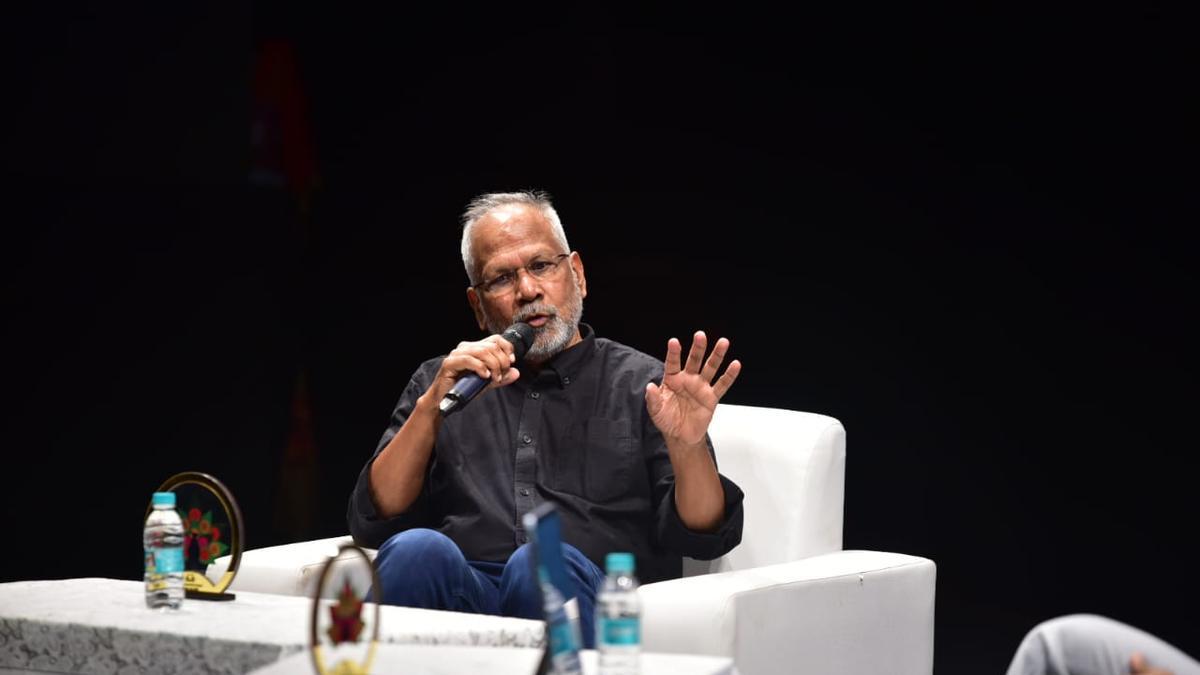
In an outstanding display of cricketing prowess, Australia decimated the visiting West Indies side in the third One Day International (ODI) to seal a 3-0 series whitewash, which marks their 19th in bilateral ODI series consisting of three or more matches. The victory in Canberra was not only comprehensive but historic, as the hosts set a benchmark in their ODI history, achieving their largest victory by balls remaining.
The West Indies batsmen faced an onslaught from the Australian bowlers and capitulated for a meager score of 86 runs. The bowling attack, spearheaded by debutant Xavier Bartlett, who took four wickets for 21 runs, showed no mercy as they tore through the Caribbean lineup. Lance Morris, not to be overshadowed, took two key wickets of his own, while only three West Indies players managed to reach double figures amidst the collapse.
The Australian openers, Jake Fraser-McGurk and Josh Inglis, approached the chase with a bullish intent that was emblematic of their team’s dominance throughout the series. Fraser-McGurk surged to a rapid 41 off just 18 balls, and Inglis, equally aggressive, contributed an unbeaten 35 from 16 deliveries. With such an explosive start, the target was overhauled in a mere 6.5 overs. This blistering chase bettered Australia’s previous record for the largest victory by balls remaining—a triumph against the USA in September 2004, where they chased down the target with 253 balls to spare.
This record-breaking performance at the Manuka Oval places Australia’s win as the seventh quickest in the history of ODI cricket, factoring in matches over 60 overs. The record for the fastest ODI victory is still held by England, who chased 46 runs with 277 balls remaining in a 60-over match back in June 1979. However, considering the standard 50-over format, Sri Lanka leads the way with a chase of 39 runs in just 4.2 overs, leaving 274 balls untouched.
The match’s outcome left little doubt about the difference in class and form between the two sides. Electing to field first after winning the toss, Australia’s decision paid dividends as they quickly stifled any momentum the West Indies side hoped to build. West Indies’ innings never truly got underway, as wickets fell at regular, crippling intervals. On the other side, the Australian openers seized the moment and played with ruthless efficiency, forever etching their names in the record books with a sublime partnership.
As well as marking a historic win in terms of balls remaining, the victory embodies the strength and depth of Australian cricket. With such commanding performances, it reiterated Australia’s credentials as one of the preeminent forces in the sport and a formidable opponent in any form of the game.
Looking back at the series, Australia’s dominance was clear from the outset. The team played with cohesion and an unrelenting desire to win, which has been a hallmark of their play throughout the home summer. The West Indies, on the other hand, will need to reflect deeply on their performances and seek ways to rebuild and strengthen their team ahead of future challenges.
In a game characterized by Australian supremacy, sweetened by a swift and sharp conquest, records tumbled as the spectators witnessed an unprecedented spectacle of One-Day cricket. With the World Cup on the horizon, Australia has sounded a clear warning to all contenders— they are a team in form and eager to reclaim their former glory on the world stage. The West Indies, to recover their pride, will need to find answers and resurrect the fighting spirit that has historically been a part of their cricketing narrative.










